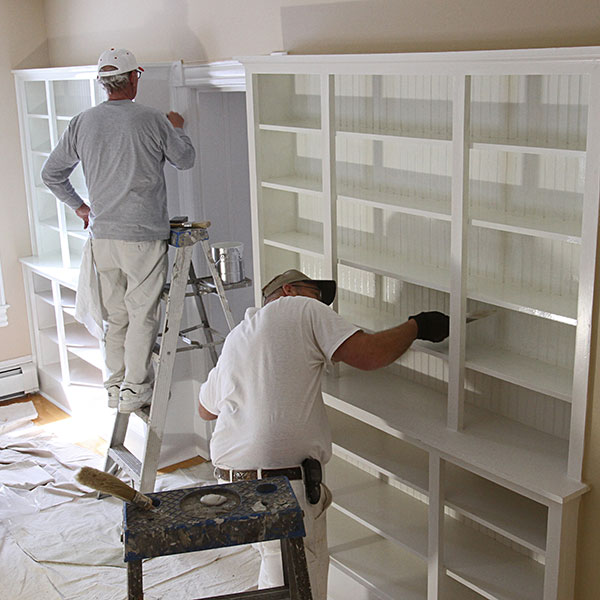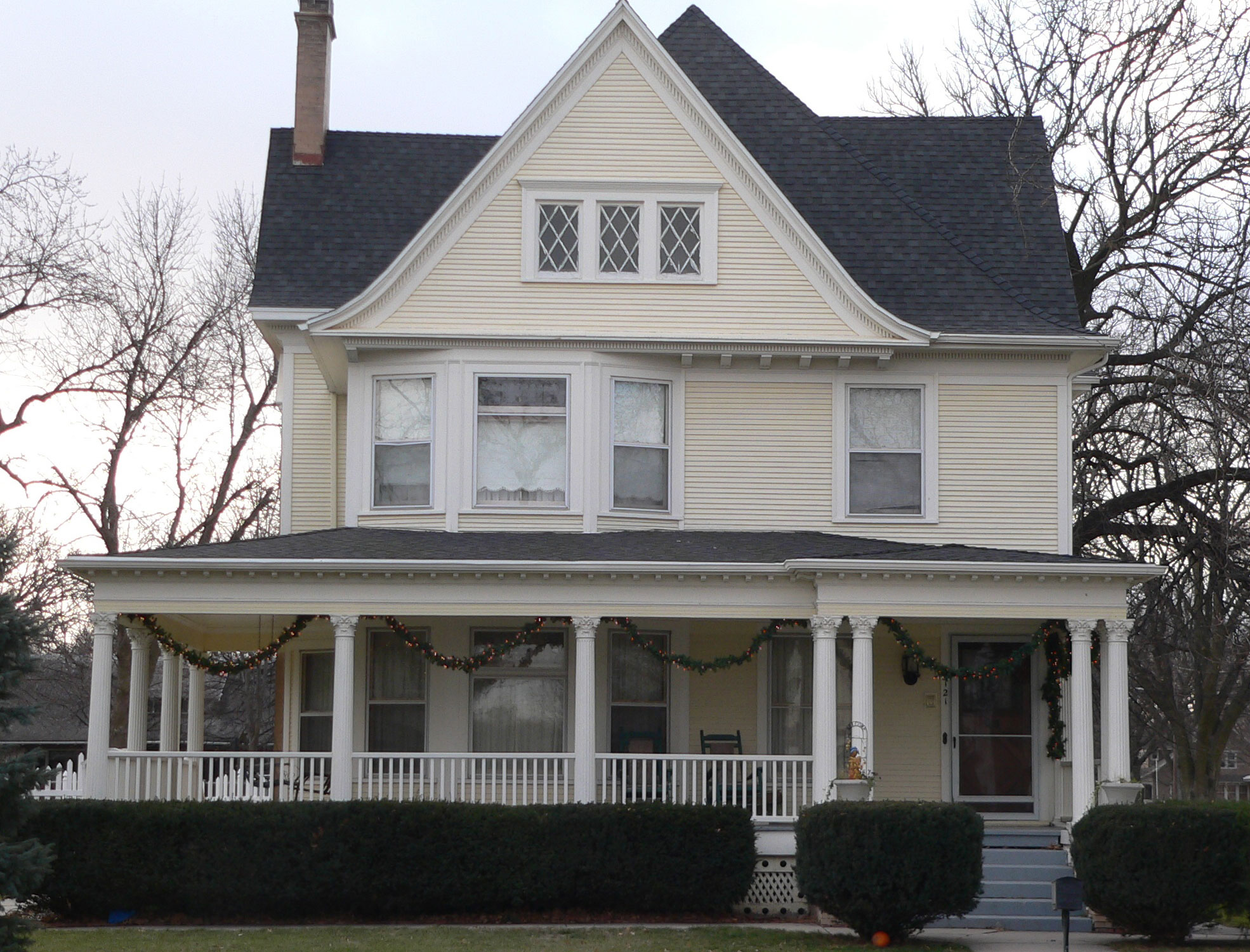Homes built before 1978 could have potentially dangerous levels lurking in some fairly concerning areas. While lead paint has since been banned, homes, condominiums, and other buildings that were constructed before this stoppage went into effect may still have lead paint. Lead presents some serious health risks, especially to children, the elderly, and those with compromised immune systems. If your home was built before 1978, it’s important that you make your home lead-safe to ensure the safety of your family, friends, and other occupants.
Risks Associated With Lead
Lead exposure isn’t something you want to ignore. This is especially true for family homes or condominiums. Children are at high risk for lead poisoning, mostly due to their behavioral habits and stature. Lead can chip or flake off of window stalls, banisters, or other areas of the home and end up on the ground, and children are often playing on the floor. They also put their hands in their mouths constantly which can lead to dangerous lead exposure. Their proximity to the floor and higher respiratory rates also puts them at a higher risk for lead inhalation.
Some common risks for children include:
- Developmental delays
- Weight loss
- Fatigue
- Seizures
- Vomiting
- Hearing loss
Children aren’t the only ones at risk when it comes to lead poisoning. High levels of lead exposure can have some serious effects on adults as well. This is especially true for those with pre-existing conditions.
- Joint and muscle paint
- Mood disorders
- Miscarriages
- Memory difficulties
- High blood pressure
We’ve actually written an entire piece on the Common Risks Associated With Lead Poisoning if you would like to learn more about the various symptoms and dangers that can come from lead.
Where You Can Look For Lead
Whether you’re a homeowner that wants to be extra diligent or a renovator that is working on an older home — it’s important to know where lead may be present so that you can remain safe. Lead paint is your main culprit for lead exposure in the home, but certain areas are more prone to disturbance than others. Common wear and tear, use, and friction can cause lead paint to peel or flake off. These are areas of concern that should be monitored. But where exactly are these areas?
Be on the lookout for anywhere that gets a lot of traffic. We don’t necessarily mean foot traffic (although stairs can be problem areas), more or less you want to be mindful of areas that are moved or touched often. Areas like banisters, window frames, handrails, or doors are a few of the more common ones.
Painting over these areas can certainly help curb the issue, but continued wear and tear, flaking, or peeling can expose lead paint and restart the cycle.
If your home or condo was built before 1978, you need to be surveying your home for signs of possible lead paint disturbance. If you notice flakes, dust, or chips — use a wet paper towel to wipe the surface clean and get rid of the debris. You can, however, be preventative by taking the time to wipe down problem areas like windows, doors, banisters, etc. at least once a week. Mop floors, especially near windows, doors, stairs, and porches to ensure that there isn’t any lead dust that can be tracked through the home or ingested.
Any time you clean or painted surfaces, be certain that you are not using anything abrasive. It’s also recommended that you wipe or wash surfaces with moisture at all times, as dry sweeping or rubbing surfaces can disturb lead paint. Avoid buffing or polishing floors — and stay away from cleaners that may dissolve the paint.
Get Professional Help

If your home was built before 1978 it’s always recommended that you get your home inspected or assessed by a professional to see where in the home may be susceptible to exposure. There is a difference between a lead paint inspection and assessment.
Lead Paint Inspection
An inspection is typically performed before a home is renovated or purchased, a lease is signed, or general knowledge of lead safety in an older home. These inspections do not assess the degree of risk that could be present in the home, they are an indication of which surfaces in the home have lead present. A lead paint inspector must go through a designated course to learn regulations, methods, and reporting responsibilities.
Lead Risk Assessment
An assessment will identify sources of actual lead exposure like lead paint peeling, dust, or chipping. This assessment will also address what needs to be done to properly manage these hazards so that the home can be safely occupied. These assessments are typically performed when families want to know if there has been any exposure. A lead paint assessor must be certified and trained in order to properly investigate and report results.
Lead Abatement
If you’re looking to have lead removed from your residence or building, you’ll need to work with a lead abatement worker. Because abatement refers to any and all processes that aim to actually remove lead, there is sometimes some confusion about the differences between an abatement job and RRP (renovation, repair, and painting). However, if you want to remove lead paint from your home you’ll need to work with abatement contractors to get the job done. This is because they will have the proper supervision, accreditation and training to properly remove hazardous lead paint.
For Contractors
For those of us that work in residential areas or buildings that may have lead present, we need to follow strict guidelines set forth by the EPA to ensure safe practices. Lead certifications vary for different types of jobs, and it’s important that you and your workers are properly trained for specific tasks.
Failure to become EPA certified can lead to some serious fines of around $37,500 per day. Feel free to contact us if you have any questions regarding proper certification for you or your workers.


